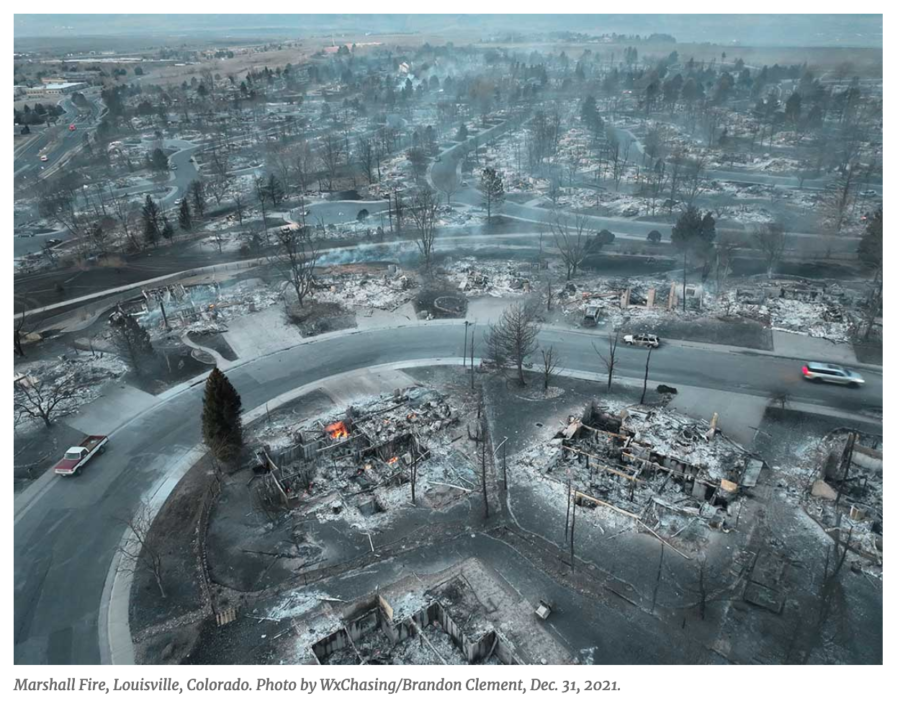The FINAL VERDICT in the PacifiCorp trial
is now posted on our DOCUMENTS page.
The jury in Multnomah County Circuit Court in Portland found PacifiCorp liable for four of the devastating Labor Day 2020 fires that burned about 2,500 properties in western Oregon. The 12-person jury, according to a report by the Statesman Journal, determined that PacifiCorp (Pacific Power) was negligent for causing the Santiam, Echo Mountain, South Obenchain, and 242 fires after a 7-week class action trial. Pacific Power is Oregon’s second-largest utility.

The jury found that PacifiCorp was negligent to an entire class in the Santiam Canyon, Lincoln City, and southern Oregon areas. Lawyers argued that PacifiCorp’s power lines ignited numerous wildfires that burned thousands of homes during an extreme high wind event on Labor Day night of 2020.
“The trial revealed that PacifiCorp tried to cover up and destroy evidence of powerline-ignited fires in the Santiam Canyon,” said Sam Drevo, one of the plaintiffs, “including electrical fires in firefighter camps in Gates and Mill City, overwhelming firefighters, causing chaos and more loss.”
“I was shocked by how little the company’s top people claimed to remember,” Drevo said, “how they tried to pass the buck, and by how much evidence they admittedly destroyed after knowing their equipment started fires. They took zero responsibility, and they said they would do ‘nothing differently’ next time.”
Drevo said the Santiam Canyon will never be the same. “But I hope this verdict will help in the long-term healing and recovery of what took many lifetimes to build. I ask the State Fire Marshal and State Police to look into whether criminal charges are warranted for the destruction of evidence.”
OPB reported that jurors returned a nearly unanimous verdict today. After less than two days of deliberations, jurors found the company owes more than $71 million to the 17 plaintiffs in the case for losses related to the fires and emotional suffering. The jury also applied its liability finding to a larger class, including the owners of nearly 2,500 properties damaged in the fires, according to a report by the San Francisco Chronicle. That determination could push the cost for damages to more than $1 billion.
The jury said PacifiCorp was at fault because the utility did not proactively shut down power, though several other utilities did, in the face of fire weather warnings, predicted high winds, and many reports and calls about arcing power lines and burning trees on power lines. The utility also failed to clear or maintain trees and other vegetation that its employees knew was a fire hazard.

PacificCorp argued that there was limited evidence its power lines caused the fires in question, but attorneys for the plaintiffs demonstrated that PacifiCorp employees in many cases had destroyed or hidden evidence, and utility employees had repeatedly trespassed onto the fire area — still under investigation — to remove or repair equipment despite repeated orders by the IC and other fire managers to stay clear of the closed area.
Ralph Bloemers, the director of Fire Safe Communities at Green Oregon, was among the first to report and document electrical fires in the Santiam Canyon in testimony to the Oregon Senate. He said fires driven by east winds in western Oregon are nothing new. These fires are a clear sign, though, that Oregon utilities need to prepare for wildfires in all areas of Oregon — whether a high or low fire frequency landscape, heavily populated or not.
“Western Oregon has a long history of wind-driven fire events, and these east wind fires can be very big, covering vast areas, burning where we haven’t seen fires in our lifetimes,” Bloemers said. “But big fires are part of these landscapes, and are now being amplified by extended drought and increased wind as the climate changes.”
Here is a youtube clip from Elemental: Reimagine Wildfire — which begins streaming tomorrow.
The Labor Day fires of 2020 burned more of the Oregon Cascades than had burned in the previous 36 years combined.
Because the jury found PacifiCorp negligent to entire classes, a second phase of the trial will allow people affected by the fires to claim damages, even if they were not involved as plaintiffs in this first phase.
OPB reported that Bob Jenks with the Oregon Citizens’ Utility Board, which represents the interests of ratepayers, said the utility could not reasonably pass on the costs from Monday’s verdict to its customers because the jury found the company was grossly negligent. He said it may be possible that customers will have to pay more in the future if PacifiCorp decides to spend more money on tree trimming and other wildfire mitigation efforts.
Still, he said, the verdict was a clear message.
“To me, this was a pretty harsh verdict against PacifiCorp,” Jenks said. “It’s clearly sending the message to companies that you can be held liable.”
Investigators have still not, more than two years later, completed final investigations into the causes of those historic 2020 fires.









 High winds, even with occasional hurricane-force gusts, are not unusual in this foothills region of Colorado, where the eastern prairies meet the Rockies. According to a
High winds, even with occasional hurricane-force gusts, are not unusual in this foothills region of Colorado, where the eastern prairies meet the Rockies. According to a 

